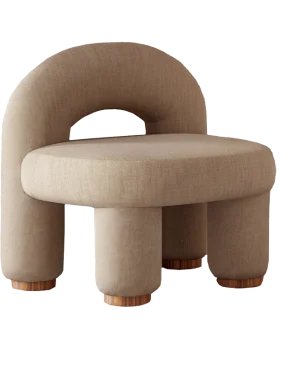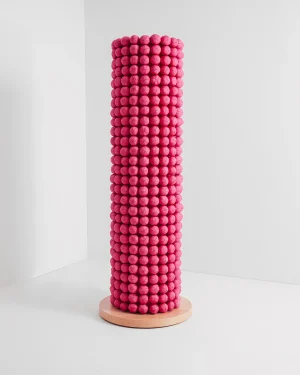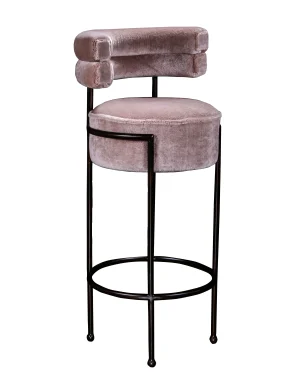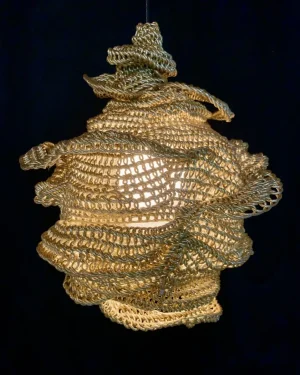Welcome at Adorno, where the versatile fabric of textile unfolds as an artistic canvas. Delve into the rich history, characteristics, and the myriad benefits that make textile an enduring medium of artistic expression.
Origins of Textile Design
- First introduced to the world over 27,000 years ago
- Main influences include protection, warmth, and cultural expression
- Originated in various civilizations, from ancient Egypt to the Andes
- Emerged as a fundamental aspect of human civilization and identity
Components of Textile
- Comprised of natural or synthetic fibers, like cotton, wool, or polyester
- Offers a tactile, soft, and flexible medium for artistic creations
- Textile can be woven, knitted, or felted, offering diverse possibilities
Techniques in Textile Design
- Embroidery - Intricate stitching that adds texture and detail to textile pieces
- Batik - A wax-resist dyeing process for vibrant and patterned designs
- Felting - Matting and pressing fibers to create dense and sculptural textiles
- Weaving - Interlacing threads to produce textiles with unique patterns
Current Uses of Textile
- Lighting - Textile lampshades that diffuse warm and inviting light
- Furniture - Upholstered chairs, sofas, and cushions that combine comfort and style
- Decor - Textile wall hangings, rugs, and curtains that enhance interior aesthetics
Notable Textile Artists and Their Works
- Elaine Reichek - Renowned for her intricate embroidered textile pieces
- Sheila Hicks - Acclaimed for her large-scale and sculptural textile installations
- Naoko Mabon - Known for her minimalist and nature-inspired textile artworks
The Essence of Textile
Textile, with origins dating back millennia, remains a cherished medium valued for its versatility, texture, and cultural significance. Artists and designers employ various techniques like embroidery and batik to create functional art pieces in categories such as lighting, furniture, and decor.
 In stock
In stock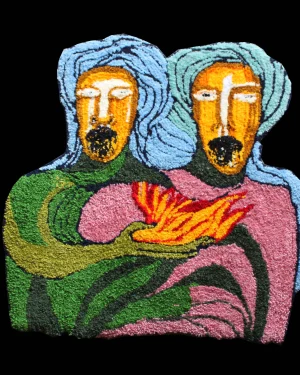 In stock
In stock
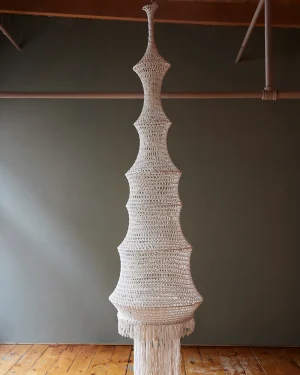

 In stock
In stock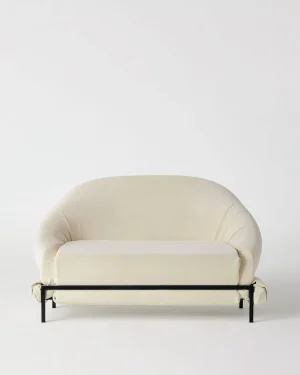 Free shipping
Free shipping
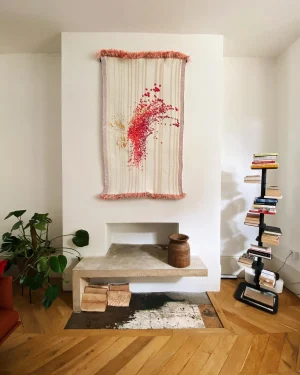 In stock
In stock
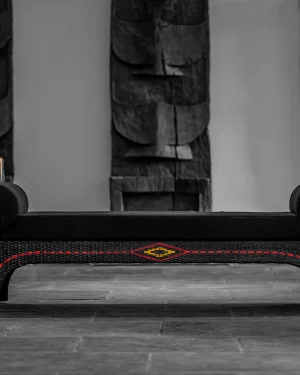
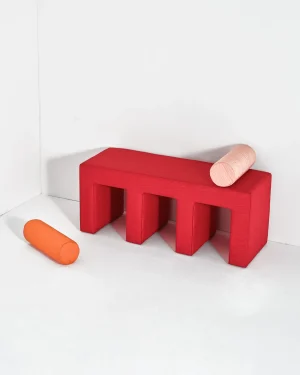 In stock
In stock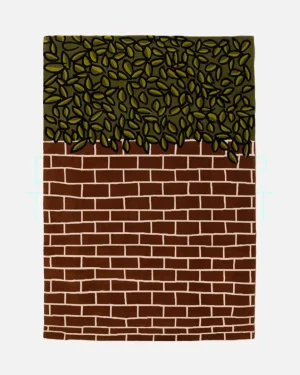 In stock
In stock In stock
In stock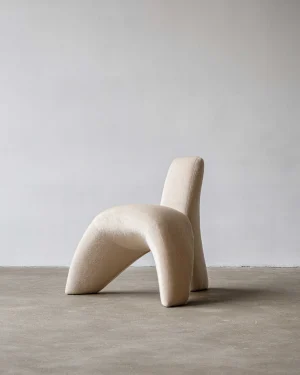

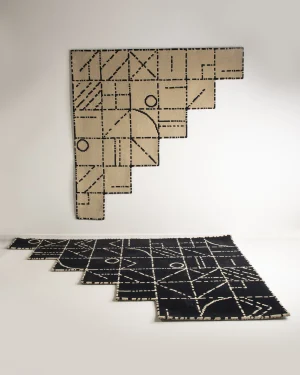 Free shipping
Free shipping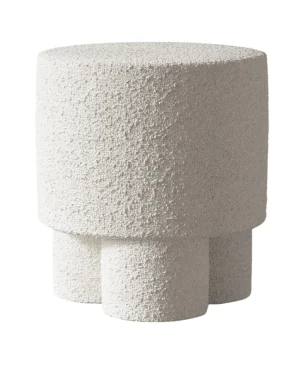
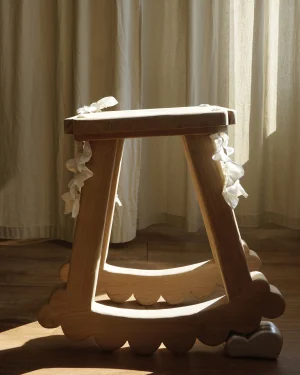
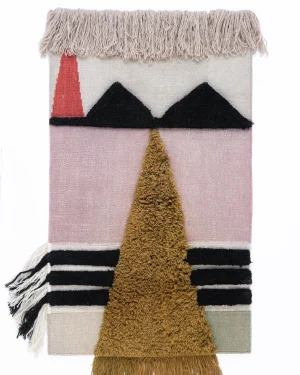 Free shipping
Free shipping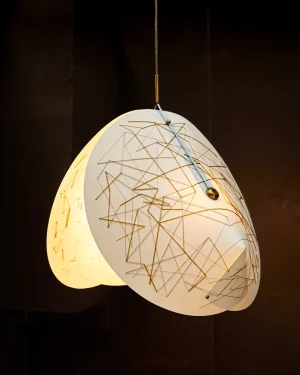 In stock
In stock In stock
In stock In stock
In stock
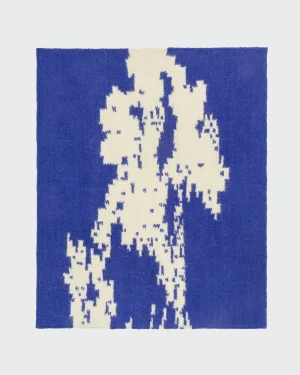 In stock
In stock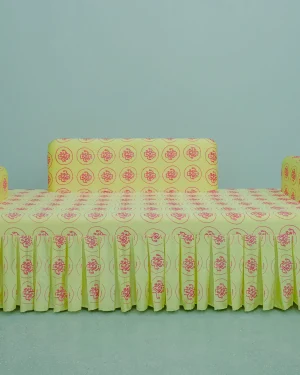
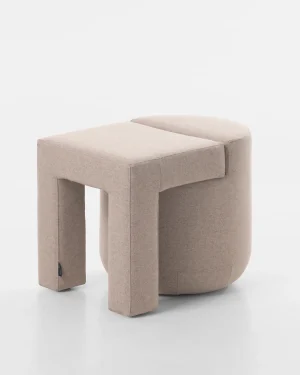 In stock
In stock Free shipping
Free shipping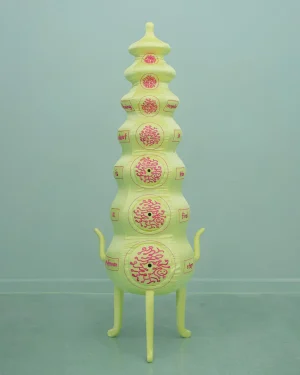 Sold
Sold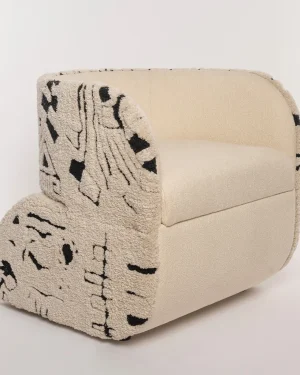
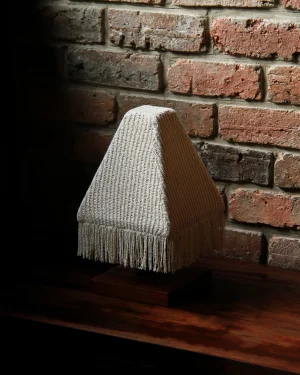
 Free shipping
Free shipping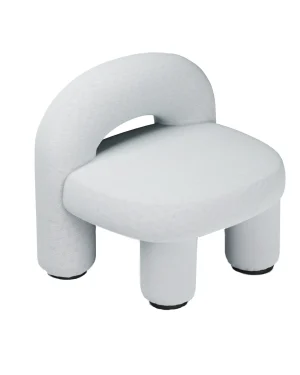
 In stock
In stock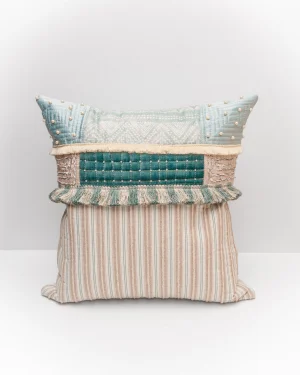 Free shipping
Free shipping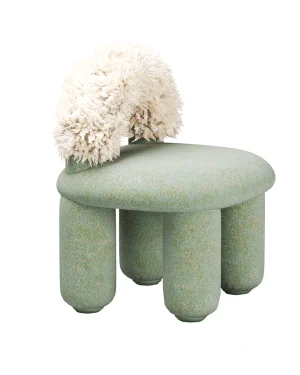

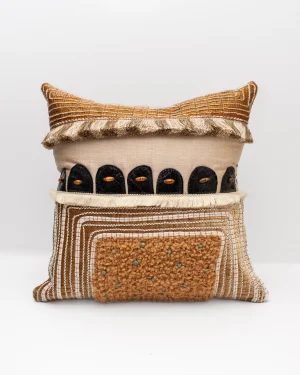 Free shipping
Free shipping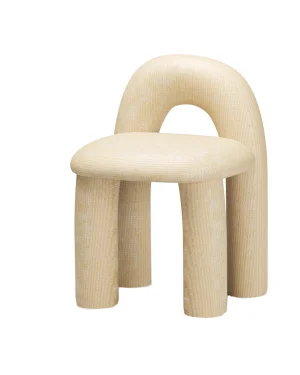
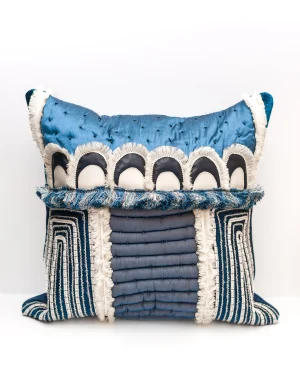 Free shipping
Free shipping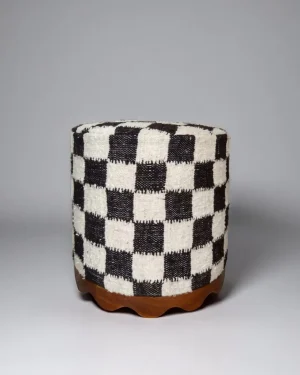 Free shipping
Free shipping